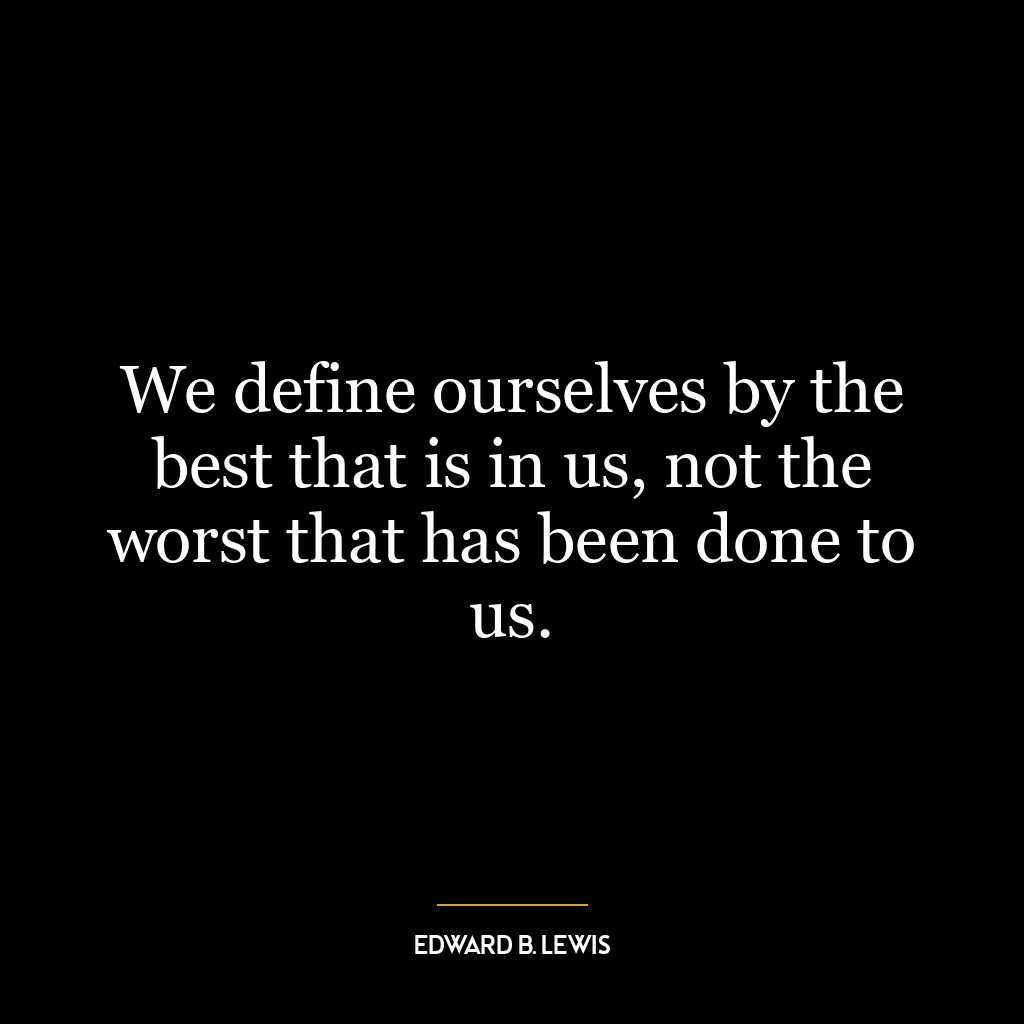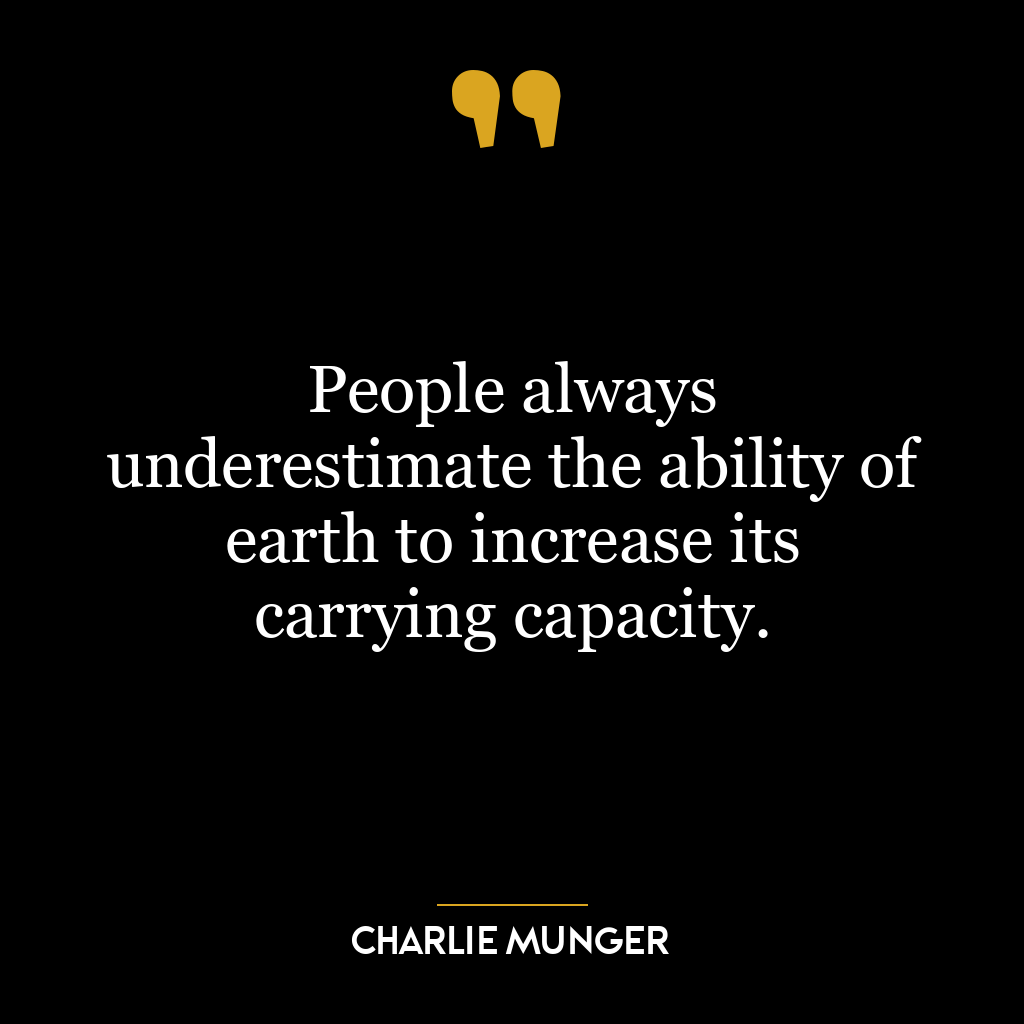This quote suggests that our identity and self-concept should not be shaped by the negative experiences or adversities we have faced, but rather by our positive qualities, strengths, and achievements. It encourages us to focus on the best aspects of our character and abilities, and not let the worst events or actions that have been inflicted upon us define who we are.
The “best that is in us” refers to our potential, our talents, our virtues, and our capacity for growth and improvement. The “worst that has been done to us” refers to the traumas, the injustices, the failures, and the negative experiences that we may have encountered in our lives. The quote suggests that we should not let these negative experiences diminish our self-worth or limit our potential.
In today’s world, this quote can be applied in various ways. For instance, in the face of adversity or failure, instead of dwelling on the negative aspects, we can choose to focus on our strengths and the lessons we’ve learned, using them as stepping stones to overcome challenges and achieve our goals. This perspective can also be applied in personal development, as it encourages self-compassion and resilience. Instead of criticizing ourselves for our mistakes or shortcomings, we can acknowledge our efforts and progress, and focus on cultivating our strengths and talents.
In a broader societal context, this quote also highlights the importance of not judging or defining people by their past or the worst that has been done to them. Everyone has the capacity to change and improve, and to contribute positively to society. By focusing on the best that is in us, we can foster a more empathetic, understanding, and inclusive society.







